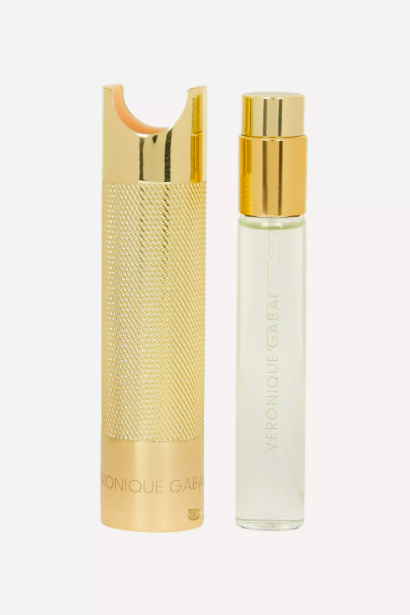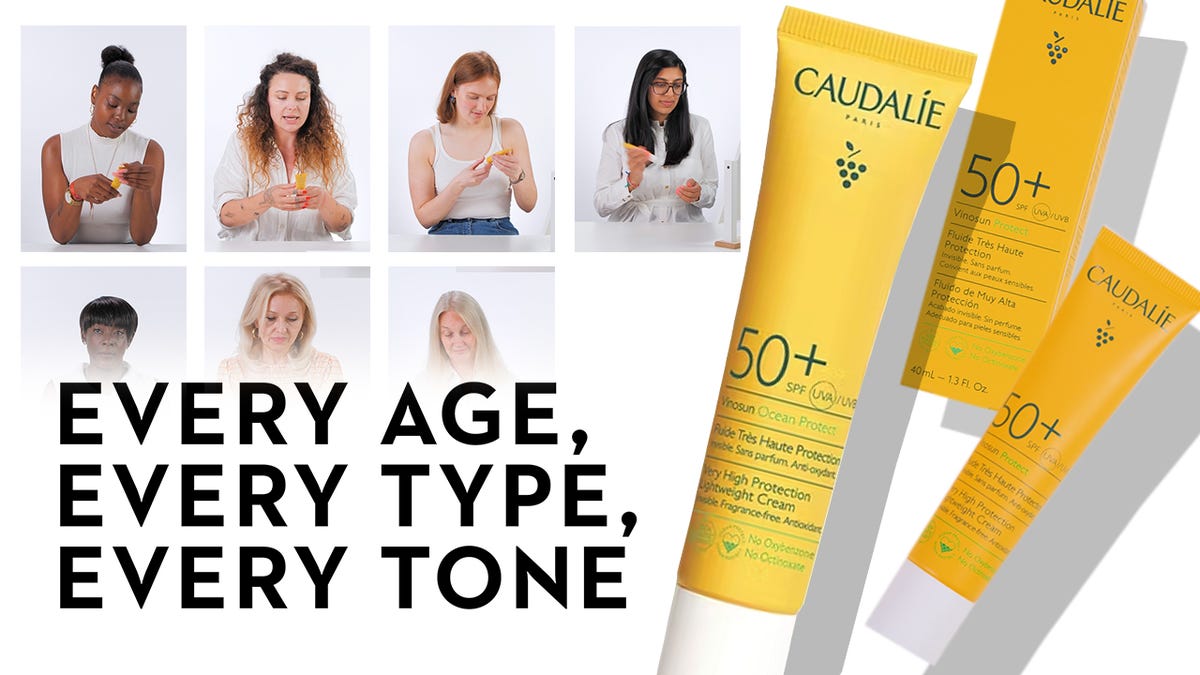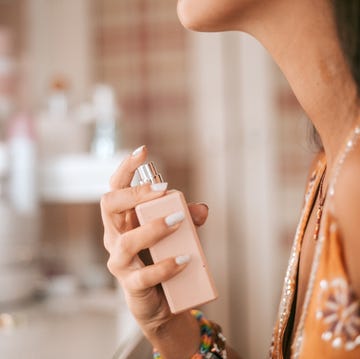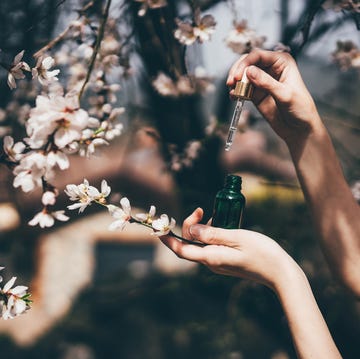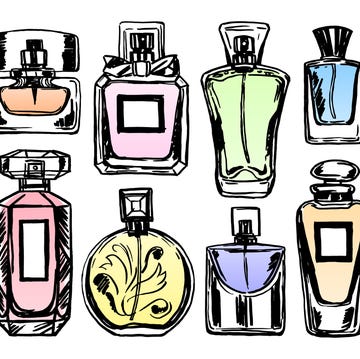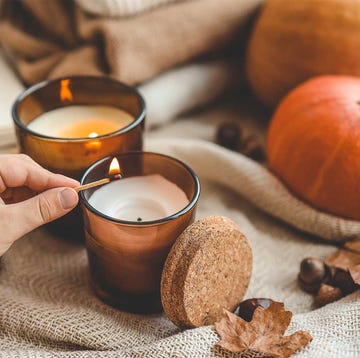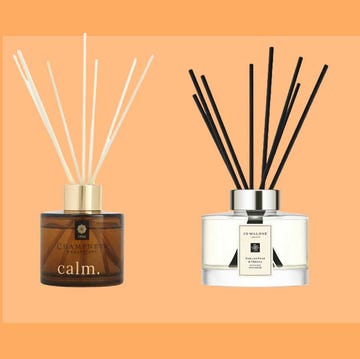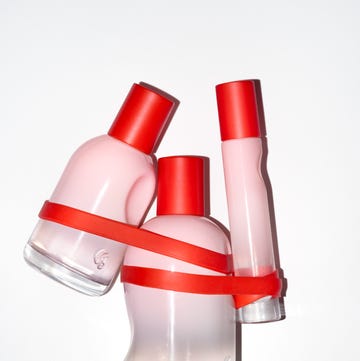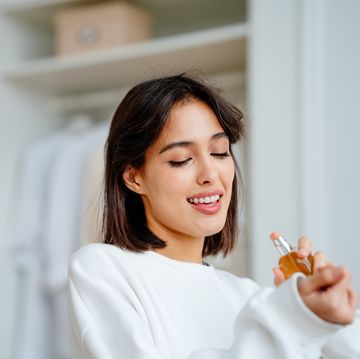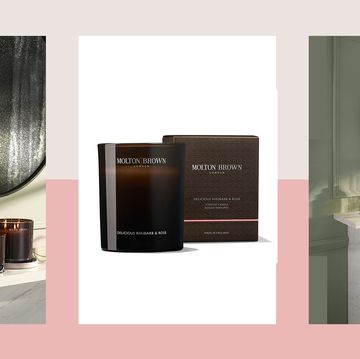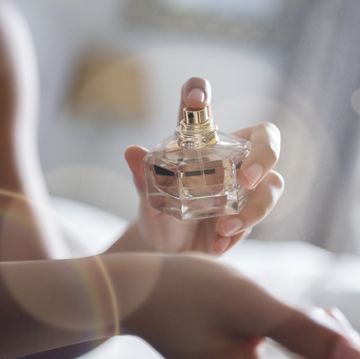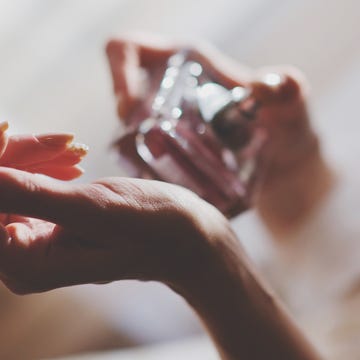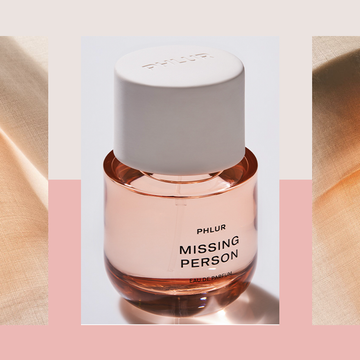There’s no glossing over it - the beauty industry is one of the biggest culprits in contributing waste to landfills. From the use of facial wipes (one of the worst offenders) to excessive packaging, it’s high time we reconsider our beauty purchases, and this applies to fragrance as well.
Thierry Mugler’s refillable perfume scheme – The Source – was a novel idea 27 years ago. Today, other brands have caught on, though we do wonder when this waste-minimising approach will be standard. But, it's not simply refills that give perfume a sustainability badge of honour.
Here, with the help of industry experts, we break down all you need to know when it comes to getting greener with your scent buys.
What makes a perfume sustainable?
There's no legal definition, so try thinking about your perfume as a whole, instead of just the finished product. Ethically-sourced ingredients, eco-conscious packaging, and creating a social impact are all factors that contribute to a fragrance's sustainability credentials.
“Often people will talk about provenance and that the ingredients are sourced in a way that does not harm the environment," says Amy Christiansen Si-Ahmed, founder of Sana Jardin. "We aim to take that conversation a bit further and economically empower the indigenous people who harvest by hand the flowers for perfume."
What should we look for in perfume packaging?
Glass perfume bottles and cardboard box packaging are often recyclable but plastic cellophane and pumps aren’t. Thankfully, there are brands making efforts to lessen the environmental impact through refillable bottles and eco-friendly boxes.
Big, mainstream beauty brands pave the way for big changes which is why Lancôme’s Idôle EDP made waves when it was launched as the brand’s first refillable fragrance in 2019. Once you’ve used up the scent, you can take it to a Lancôme counter to be replenished at a discounted price. There are at least 200 counters across the UK and Ireland with refill stations.
Also offering refills are Mugler, Viktor & Rolf for Flowerbomb, Molton Brown for its 100ml EDTs and EDPs, Giorgio Armani for My Way, Experimental Perfume Club, La Perla, Ormonde Jayne for its Signature Collection, Glossier for Glossier You Solid, Maya Njie, and Le Labo. In its Covent Garden boutique, Selfridges and Harrods, Guerlain offers refillable flacons that can be filled with any Guerlain scent of your choice after a digital consultation with the brand expert. The beautiful bee-design bottles are display-worthy, especially after you personalise them with ribbons, knots, and engraving. Not in London? The service is also offered online.
Cult-favourite fragrance brands Stories By Eliza Grace and Floral Street have made strides in sustainability by minimising plastic use. The former is refillable, uses raw paper labels and biodegradable cellophane wrapping, while each gorgeous bottle from Floral Street comes in pulp carton held together with a reusable band. The box is completely recyclable, biodegradable and all bath and body products are housed in 100% recyclable sugar cane bioplastic.
Elsewhere, Bel Rebel's minimalist bottles are housed in pillowy, mushroom-derived boxes which are easily compostable in your food waste bin and negates any need for bubble wrap.
How do brands ensure ingredients are sustainably sourced?
“We chose our fragrance partner Robertet because of their commitment to sourcing sustainable ingredients,” says Michelle. “Supporting the development of local communities and protecting the environment is fundamental in everything that they do. In Haiti for example, the production and processing of Vetiver is not only supporting the local economy, but cultivates the land after the 2010 earthquake to be useful for other crops and farming.”
Meanwhile, homegrown brands Parterre and Medeau not only takes inpiration from the lush English countryside, but are also mindful with ingredients. Parterre grows its key ingredients such as lemon thyme in Keynestone Mill (you can even visit the Scented Botanic Garden). At Medeau, everything is formulated and bottled in the UK to minimise carbon footprint and bio-identical ingredients are cleverly used in place of rare naturals as it is more sustainable.
Chopard has opted to work with Firmenich's Naturals Together programme for the sourcing of ingredients for their fragrances. Formed in 2014, the programme brings together artisans, natural ingredients and suppliers with social and environmental awareness at its forefront.
On the high street, Lush and The Body Shop are long-time champions of ethical buying and fair trade practices respectively; and do so without the compromising the quality of their fragrances.
Great scents, greater social responsibility
We love Sana Jardin’s lovely creations (if you adore white florals, you must give Jaipur Chant a go), but it’s their efforts to give back to the community that we applaud.
“I have long thought business can be a vehicle for social change and I saw luxury perfume as the opportunity to economically empower women hidden at the bottom of the supply chain, through commerce not charity,” says Amy. The brand works with Nest, a non-profit organisation to form The Beyond Sustainability Movement which helps the female floral-harvesters in Morocco to empower themselves through selling the floral by-products.
Lancôme Idôle is part of L’Oreal’s ‘Solidarity Sourcing’ programme which aims to create social and environmental change through the sourcing of ingredients. Turkish rose petals used in the scent are hand harvested, with Lancôme supporting the family-based industry to achieve better agricultural practices and work conditions, as well as helping to obtain fair-trade certifications.
Meanwhile, niche perfumery Abel works with 1% For The Planet to contribute 1% of revenue to environmental causes.
Also giving back to communities is Clean Beauty Collective. The brand famous for its Clean Reserve line sources sustainable vetiver from Haiti and funds a program providing clean drinking water to local Haitian schools and community. They champion organisations that support the farming families working hard to harvest the ingredients used. Clean Beauty Collective is also packaged in compostable corn-based cellophane and recyclable paper - a double win!
Is going all-natural better?
Not necessarily!
Synthetic ingredients act as an alternative to ingredients that cannot be extracted from nature; think soft fruits with a high-water content. “Some natural materials are no longer in general use due to over processing or animal cruelty - so are synthesised to be ‘nature identical',” explains Michelle. Floral Street uses a blend of natural essential oils and synthetic notes to create complex, well-rounded scents.
Perfume houses are now waking up to the importance of restoring precious resources. Luxe perfumery Fragrance Du Bois works with CITES - an organisation tasked with protecting endangered animals and plants - to monitor its use of agarwood (commonly known as oud, it’s often the target of illegal logging) through managed plantations. Meanwhile, Atelier Cologne have upped their transparency by denoting the % of renewable origin notes in each scent.
“I think the goal is to be as natural leaning as possible and to try and eliminate as many unnecessary chemicals that could be potentially harmful,” agrees Amy.
Why are sustainable perfumes important?
“It is simply not an option to ignore the beauty industry's impact on the planet. From ingredients to packaging, every aspect needs to be assessed,” says Michelle. And when it comes to being kind to the environment, every little bit helps – including being more thoughtful about your beauty buys. If your signature scent gives back to the planet, all the better!






















